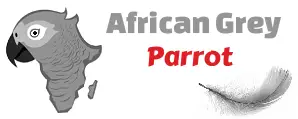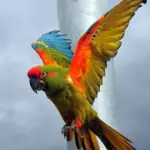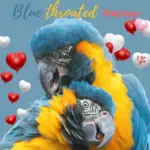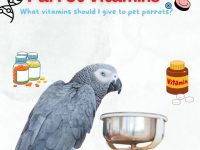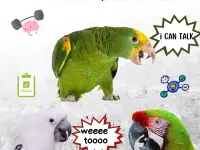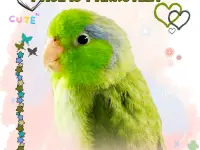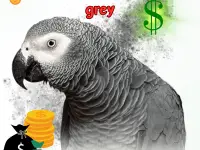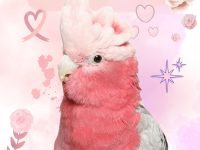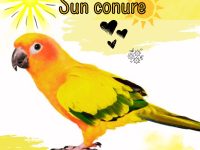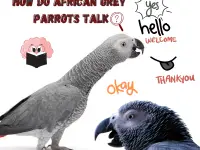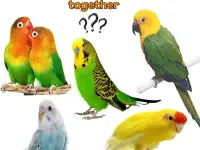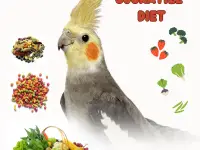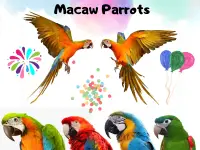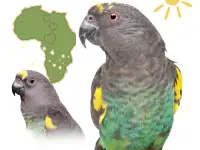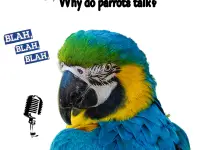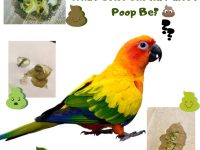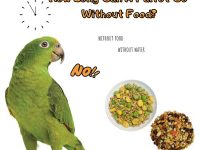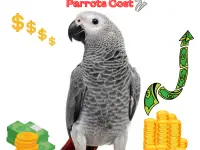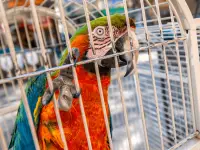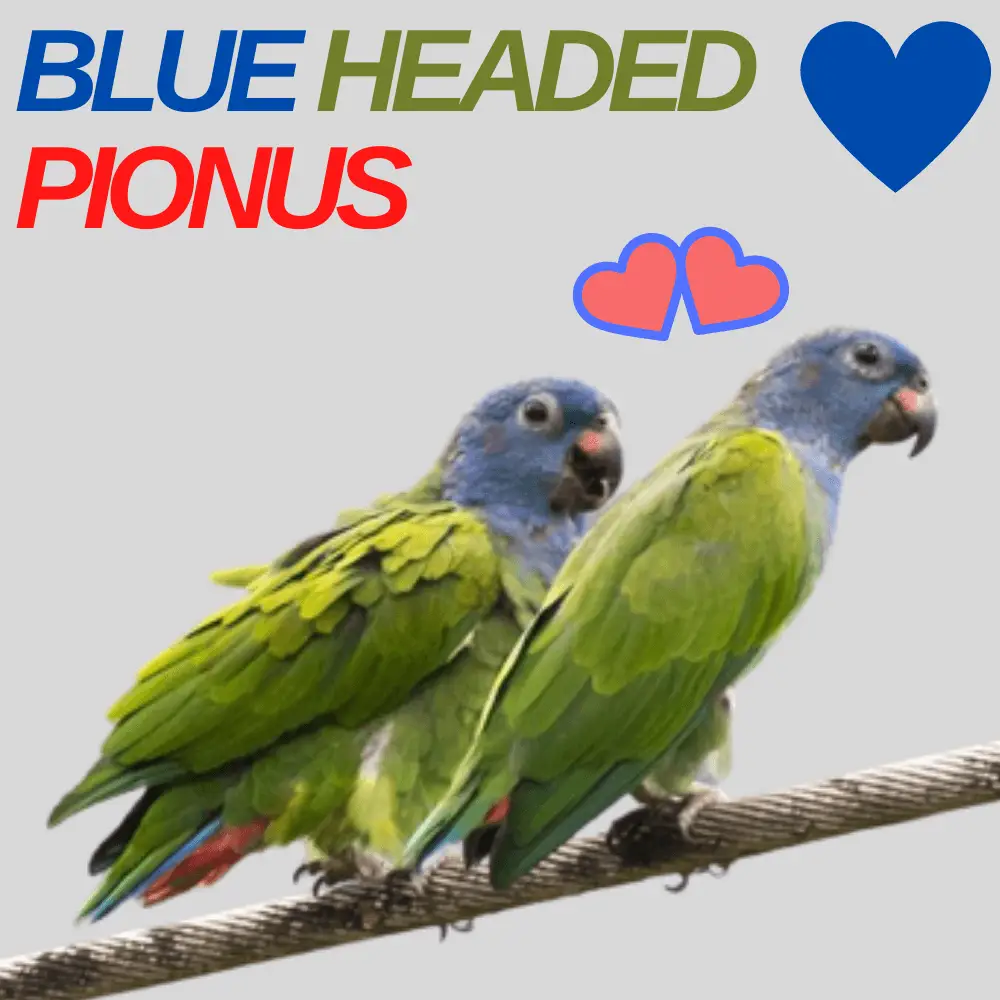
The Blue headed Pionus (Pionus menstruus) is a small parrot belonging to the Psittacidae family. The genus Pionus comprises eight subspecies of which the Blue headed Pionus is a part.
It is found in the tropical forests, savannas, clearings of Central America, that is to say in Brazil, Panama, Venezuela or even Colombia.
Physical characteristics
Weight and height
Weight: 234 to 285g
Size: 27 centimeters
Plumage
The Blue headed Pionus has a predominance of green over the whole body. His head and neck are cobalt blue just like the top of his chest.
We observe an olive green that pulls towards yellow on the top of the wings and the bottom of its tail is flaming red. His eye circles are white.
General appearance
Blue headed Pionus looks like a miniature Amazon with a chunky little body. Its beak is black, with a reddish base, and its legs are gray or even slightly greenish.
There is no sexual dimorphism in this Parrot, so only a DNA test will differentiate the male from the female.
Jorgey the Blue-headed Pionus!
SOURCE: Gotcha the Cockatoo
The character of the Blue headed Pionus
are blue headed parrots good pets?
The Blue headed Pionus is a gentle, rather calm, affectionate, and sociable bird. Being a gregarious bird in the wild, you will have to either adopt two or give it a lot of attention.
The Blue headed Parrot Par is able to take care of itself during the absence of its master but as of its return, it is important to spend time with.
She is very easy to tame and can quickly become the ideal companion! The Blue headed Pionus is also a little noisy bird, its song is soft. It also adapts very well with other aviary companions.
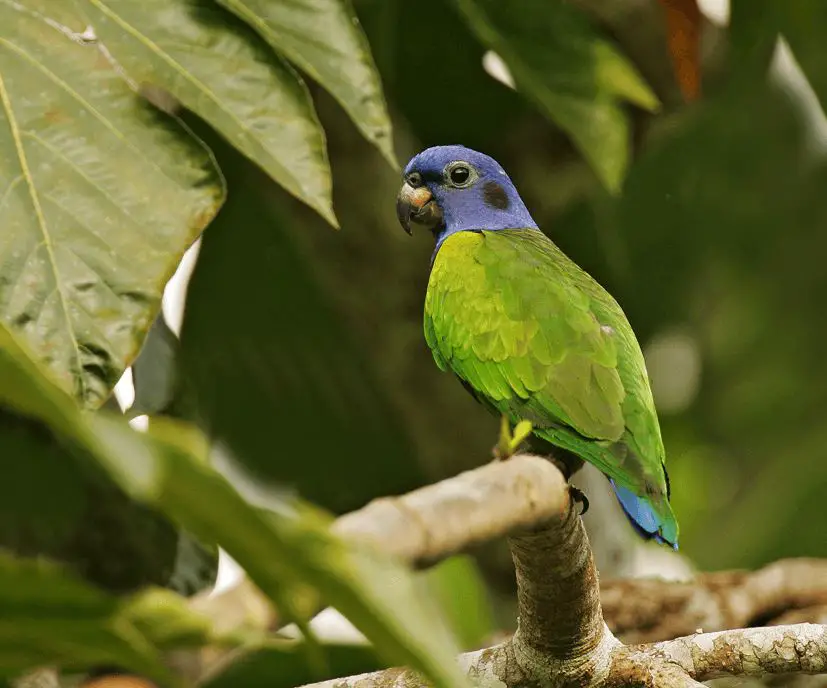
The health of The Blue headed Pionus
Life expectancy
The life expectancy of the blue-headed pioneer is 40 years in the wild. Good living conditions will allow him to live as long in captivity.
Frequent health problems
Some diseases are common in parakeets and domestic parrots and these can lead to the death of the animal if taken lightly. Here are the most common:
Beak and feather disease (PBFD) is characterized by loss of feathers and difficulties in regrowth, as well as an abnormal growth of the beak and legs.
While developing, PBFD can cause other illnesses like hepatitis. Unfortunately, there is no cure for this disease and the death of the animal is inevitable.
Psittacosis is an infection that can be transmitted between birds but also to humans. It is caused by a microorganism called Chlamydia psittaci.
Tremor, weight loss, respiratory discomfort, and diarrhea are observed in a sick subject. In humans, the disease takes the form of an influenza-like illness.
Pacheco’s disease affects all birds, it is herpes that often results in death. Lethargy, diarrhea, and weight loss are symptoms.
10 fact about Blue headed Parrot
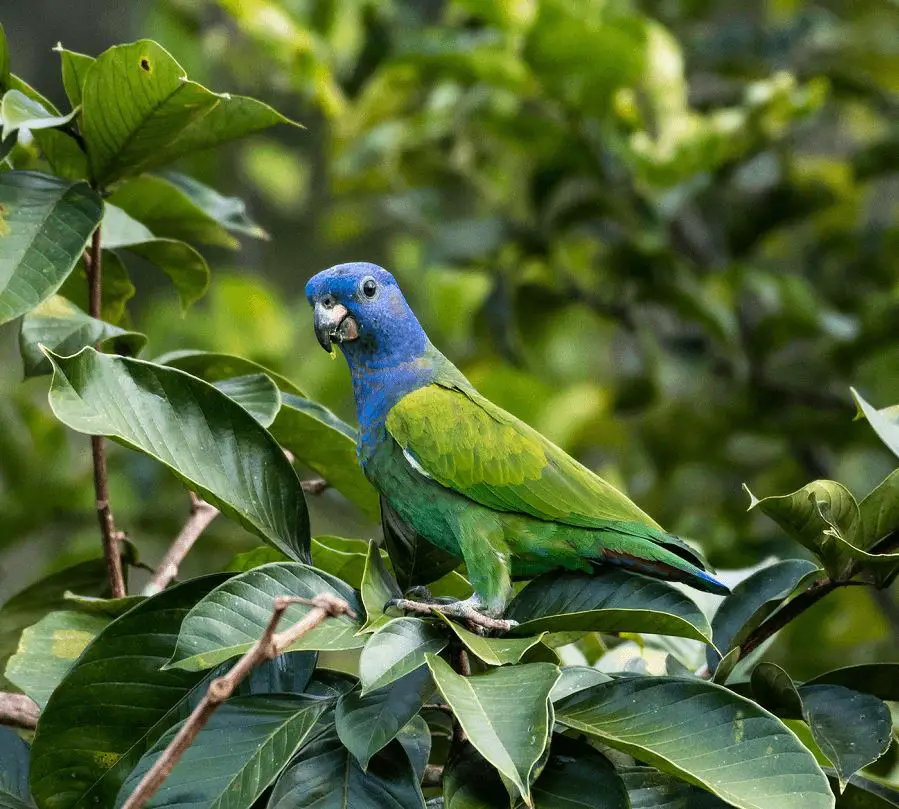
Caring for the Blue headed Pionus
The Blue headed Parrot is a rather gregarious bird that will appreciate life with other congeners because it is very sociable, so it will easily share the aviary with parakeets of another species.
Way of life
Alone, it is imperative to put at his disposal what to take care of during the absence of his masters and to pay him a lot of attention. The Pionus is a docile bird that can be easily manipulated, she will enjoy sharing moments with her master.
Food
Blue headed Parrot are vegetarians: greenery, fruits, and seeds make up their diet. Its diet will be varied, especially in orange fruits and vegetables because this species tends to have vitamin A deficiencies.
Care and grooming
We will take care of the hygiene of the Pionus habitat by regularly cleaning its cage or aviary without forgetting to disinfect each accessory.
To avoid any discomfort or injury, it will be necessary to regularly check that its claws are not long. A good wooden perch will suffice to file them naturally but if necessary we can cut them.
Blue headed parrot (pionus menstruus)
SOURCE: Jungle Paul
